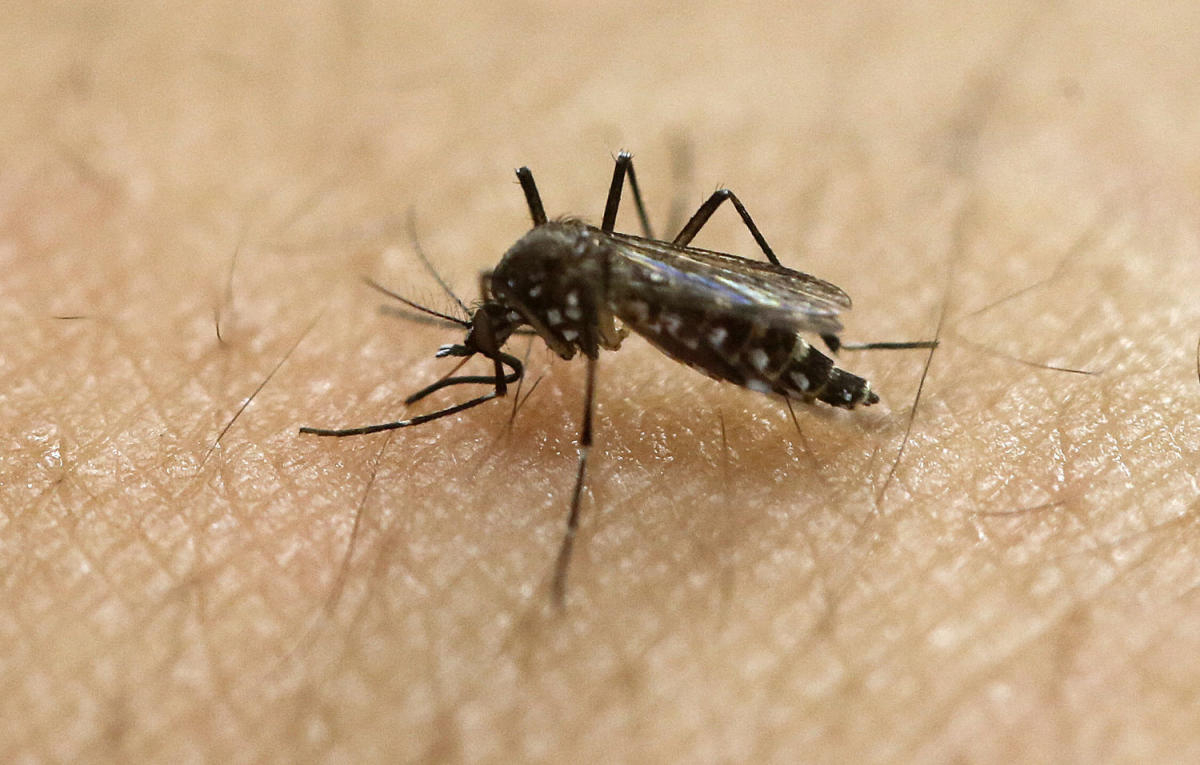A Michigan dairy farm worker has become the second human in the United States to contract bird flu, also known as avian influenza, amid the latest outbreak among cattle. The person has already recovered and only had mild symptoms, state health officials said in a statement. Health officials still consider the risk to the general public to be low, the Centers for Disease Control and Prevention added in their own May 22 press statement. But the CDC is stepping up precautions, especially for people in close contact with dairy cattle.
Here’s everything you need to know about the latest developments.
🇺🇸 How many people in the U.S. have been infected with bird flu?
The Michigan dairy worker is the second person to contract bird flu this year, and only the third ever in the U.S. Bird flu — which is technically a strain of influenza A, known to scientists as H5N1 — is widespread in wild birds and, to a lesser extent, poultry. In the U.S., the virus began spreading among poultry in 2022, when the first person contracted the virus while culling an infected flock in Colorado, according to the CDC. The virus began spreading for the first time among dairy cattle in the U.S. in 2024. A Texas dairy farm worker tested positive in April, and the Michigan dairy farm worker, the latest case, has now become the third-ever U.S. case.
🌎 How many people have contracted bird flu worldwide?
Since 2003, there have been more than 880 human bird flu cases worldwide, according to the CDC. But they are still rare and “sporadic,” occurring primarily in other countries. Until recently, the largest outbreaks have occurred as the result of exposures at poultry markets, which are common in certain countries including Egypt, China and Indonesia. But, since 2021, human cases of bird flu have begun cropping up in countries that had never had them before. Australia, for one, reported on May 22 its first-ever case of bird flu, in a child who was infected in March after traveling to India. The child’s infection was “severe,” but they have since recovered, according to Australian health officials.
🩺 How sick has bird flu made people?
All of the infections reported in the U.S. have been mild. Like the Texas dairy farm worker, the only symptom the latest infected person in Michigan had was pink eye (also known as conjunctivitis). In fact, the Michigan farm worker initially tested negative for bird flu when a nasal swab was used; they only tested positive after an eye tissue swab, according to a press statement from the CDC. Fatigue was the only symptom reported by the American poultry worker infected in 2022, and all three Americans who have had bird flu have made full recoveries. However, bird flu has led to severe infections and even 463 fatalities in other countries in the past, according to the World Health Organization.
🤔 Why is this happening now?
Viruses mutate constantly. But the latest bird flu mutations are somewhat worrisome. “This virus getting into cattle is relatively new and somewhat unexpected,” Dr. Arnold Monto, a University of Michigan professor of epidemiology who specializes in viruses, tells Yahoo Life. Bird flu becoming widespread among cattle means the virus has become better at infecting mammals, bringing it a step close to being able to infect humans easily. But, so far, the virus has only infected people in close, prolonged contact with dairy cattle.
😷 Should I be worried about catching bird flu?
Not unless you’re a dairy farm worker. There have been no instances of the virus spreading between people. And while more than 50 herds of dairy cattle have been infected, only two people have contracted bird flu in the U.S., out of the nation’s more than 100,000 dairy farm workers. However, the CDC has asked states to keep a close eye out for human infections. Officials on May 21 asked states to continue analyzing samples from people who test positive for flu throughout the summer, maintaining the level of surveillance that would be typical for the winter height of flu seasons.
🐮 Are dairy and beef safe?
Yes, experts say. Although fragments of bird flu have been found in some 20% of grocery store milk samples, these pieces of the virus cannot cause infection. So far, pasteurization — the standard sterilization process milk goes through — has proven very effective at inactivating bird flu in milk. Health officials have warned against drinking raw milk, however, which is unsterilized and can carry all manner of viruses and bacteria. Cooking ground beef to medium well or well-done temperatures also kills the virus.

Olivia Martin celebrates the art of living well in her lifestyle articles. She explores topics ranging from travel and fashion to home decor and culinary delights, offering inspiration for readers seeking a balanced and enjoyable lifestyle.







